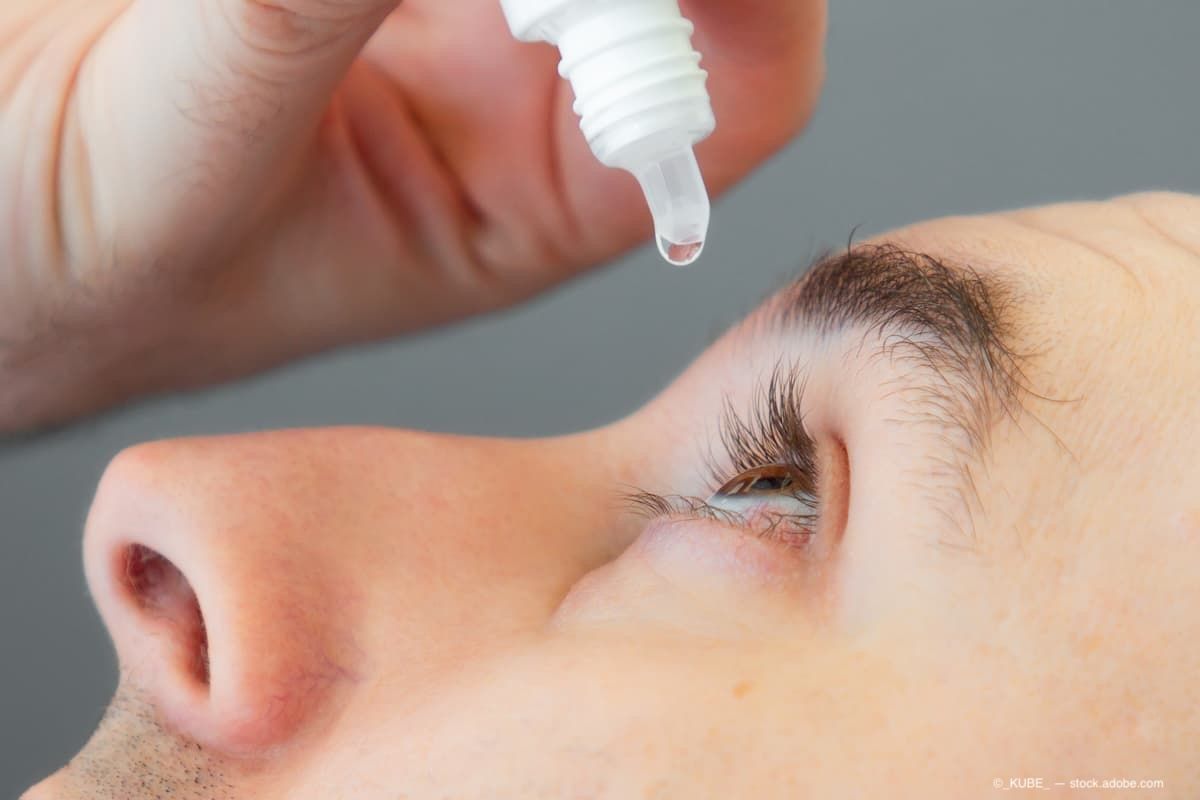Article
Zeroing in on the presence of dry eye
Author(s):
Defining role of topography, tear film osmolarity, other tests
A battery of tests can help clinicians to detect dry eye in patients planning to have or who have had corneal refractive surgery, says Marjan Farid, MD.
Now is the time to get a handle on diagnosing dry eye in your office if you haven’t already. That’s because dry eye is common overall but is especially prevalent after corneal refractive surgery, said Marjan Farid, MD, associate professor of ophthalmology, director of Cornea, Cataract and Refractive Surgery, and vice chairman of ophthalmic faculty, Gavin Herbert Eye Institute, UC Irvine Health, Irvine, California.
Patients who have had or who want to have this type of surgery should be screened for dry eye. A great first step is the use of patient-completed questionnaires.
“For many practices, a quick questionnaire filled out in advance of the appointment or by a technician is helpful in identifying candidates for objective testing,” Dr. Farid said.
For example, the Ocular Surface Disease Instrument (OSDI) has 12 questions about the impact of dry eye on daily life, while the Standard Patient Evaluation of EyeDryness (SPEED) questionnaire has 20 questions grouped by symptom category.
Although common dry eye symptoms include burning, redness, foreign body sensation, and ocular fatigue, more than 40% of patients with objective evidence of dry eye will be asymptomatic, Dr. Farid said.
“Waiting to hear classic symptoms to initiate treatment is often insufficient. Consider testing all presurgical patients,” Dr. Farid added.
There are five dry-eye related tests done before Dr. Farid sees the corneal refractive patient. These include tear film analysis, refraction and topography, wavefront analysis, meibography, and pressure and dilation.
The tear film analysis includes tear osmolarity, which helps to diagnose dry eye disease and guide treatment decisions; and the MMP-9 test to assess tear film inflammation. With the MMP-9 test, levels of 40 ng/mL or higher indicate tear film inflammation. Results are ready in about 10 minutes, but a more rapid response could indicate more severe inflammation. Use of the MMP-9 test is especially useful to guide treatment with anti-inflammatories, Dr. Farid said.
Another diagnostic performed is topography, which is done in all planned corneal refractive procedures.
Dr. Farid looks for irregularities between eyes and Placido ring mires that are distorted or missing. Quantitative asymmetry or a regularity index is available on some systems. Wavefront analysis can help surgeons spot distortions seen on the ocular surface or higherorder aberration instability. Surgeons also can look for any significant differences between the wavefront and manifest refractions.
When using meibography to diagnose dry eye, look for duct dilation, gland constipation, atrophy, a hazy appearance, or dropout.
“This can be a powerful tool to motivate patients to accept and perform preventive care,” Dr. Farid said.
Meibography also can help identify meibomian gland dysfunction, which can be a significant cause of severe postop ocular surface disease and patient dissatisfaction.
Disclosures:
Marjan Farid, MD
E: mfarid@uci.edu
Dr. Farid is a consultant for Allergan, Johnson & Johnson Vision, and Shire.
Newsletter
Don’t miss out—get Ophthalmology Times updates on the latest clinical advancements and expert interviews, straight to your inbox.




